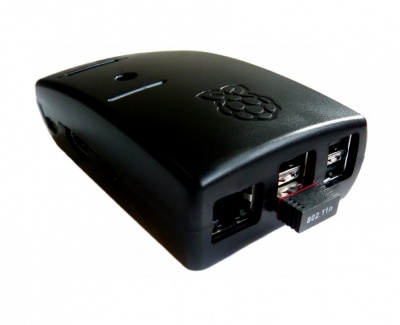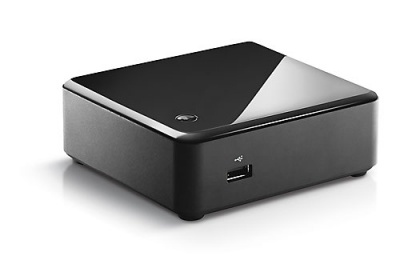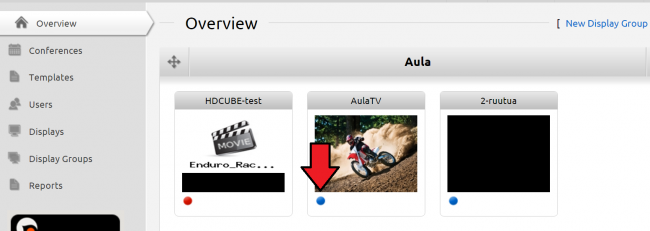Devices
Media players
The media player is a device that connects the display to the network and enables remote updating of the materials. The device accesses the presentations through a cloud-based server and downloads the materials to its own memory.
Network stress is minimal and the firewall doesn’t need to be configured. The media player plays the material located in its memory even if connection is lost.
PiCube (Raspberry Pi)
- Power supply 5 VDC, 5W, AC-adapter 230 V
- DVI/HDMI max. 1920 x 1080 Full HD (VGA through separate adapter)
- LAN-connection 10/100 Mbit, ethernet RJ45
- Wireless network, Wifi (3G/4G through wireless USB modem)
- Size 170 mm x 30 mm x 70 mm
- 6 GB internal memory
- Pictures, videos, RSS/XMLfeeds, text templates
- Social media
- HTML (light)
- Conference features
HD Cube (Intel)
- Power supply 19 VDC, 65W, AC-adapter 230 V
- VGA/DVI+HDMI, 4K-support
- LAN-connection 10/100/1000 Mbit, RJ45 port
- Internal wireless network adapter
- Size 115 mm x 111 mm x 51.6 mm
- 30GB SSD hard drive
- Pictures, videos, RSS/XML feeds, text templates,
- Flash, interactive contents, HTML
- Streaming
- Animation tool, picture changing effects
- Social media
- Conference features
Identifying the model of the media player
If the user isn’t sure about the model of the media players being used, the model can be easily identified through the overview page.
When the dot in the lower left corner of the display group is clicked, a list of the media players connected to that display group opens.
| Type | Model |
|---|---|
| 10 | PiCube |
| 9 | MediaCube |
| 8 | MediaCube |
| 6 | HDCube |
The beginning of the ID number (e.g.. 10-) tells the specific model of the media player. The most common models being used at the moment are Picube, HDCube and MediaCube (10-, 6-, 9-models). Old media player models and pictures can be viewed here: http://wiki.firstview.fi/wiki/Mediasoittimen_mallin_tunnistaminen


